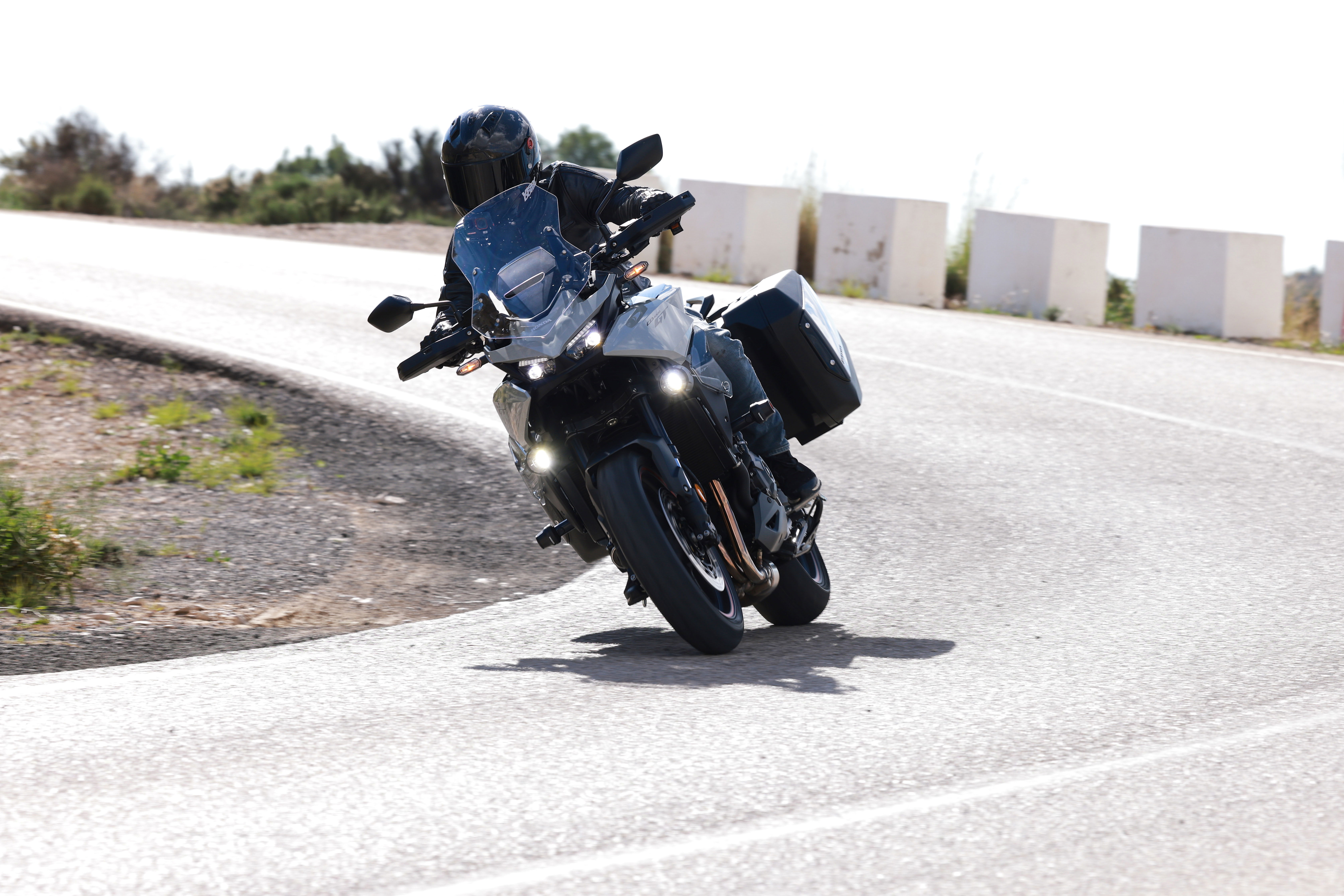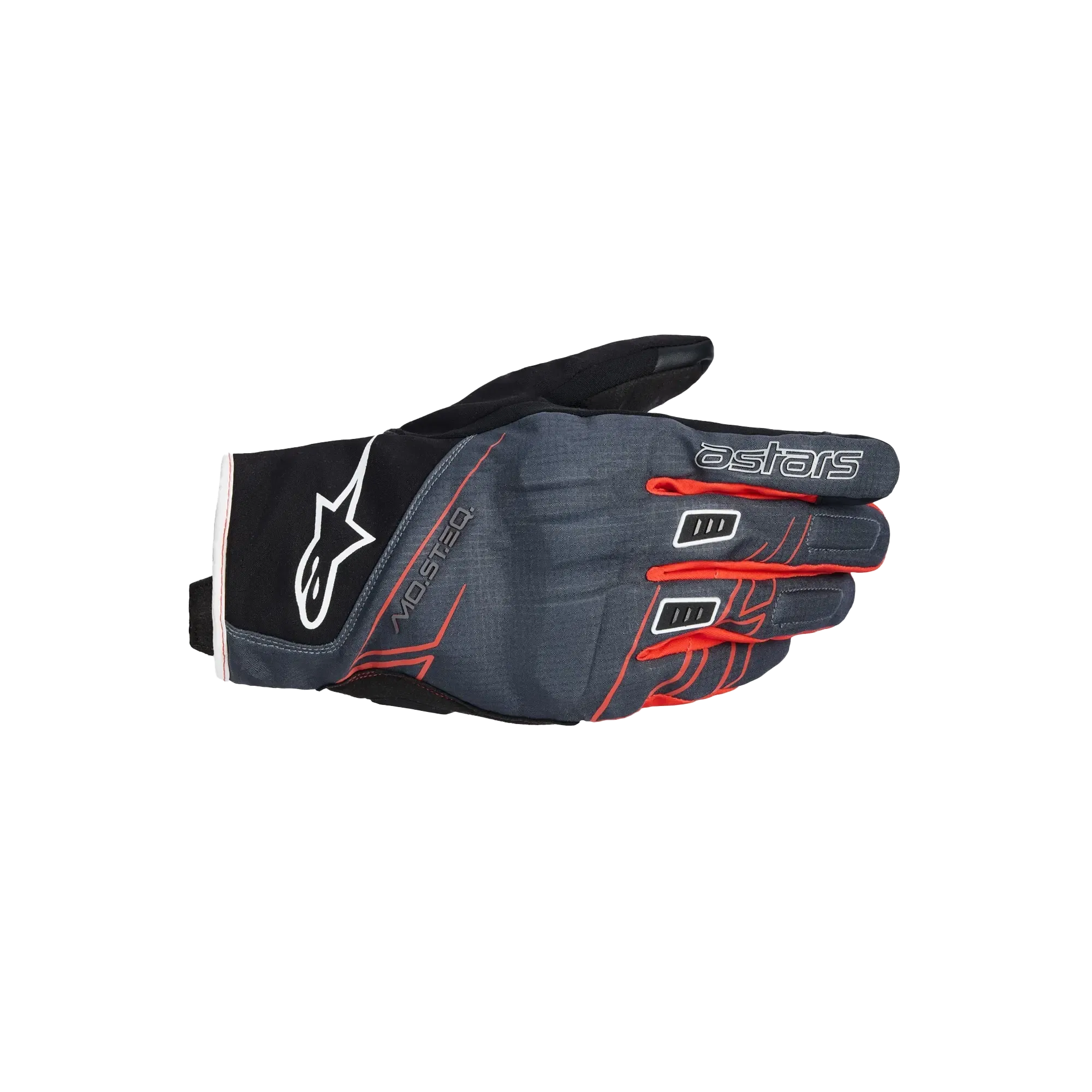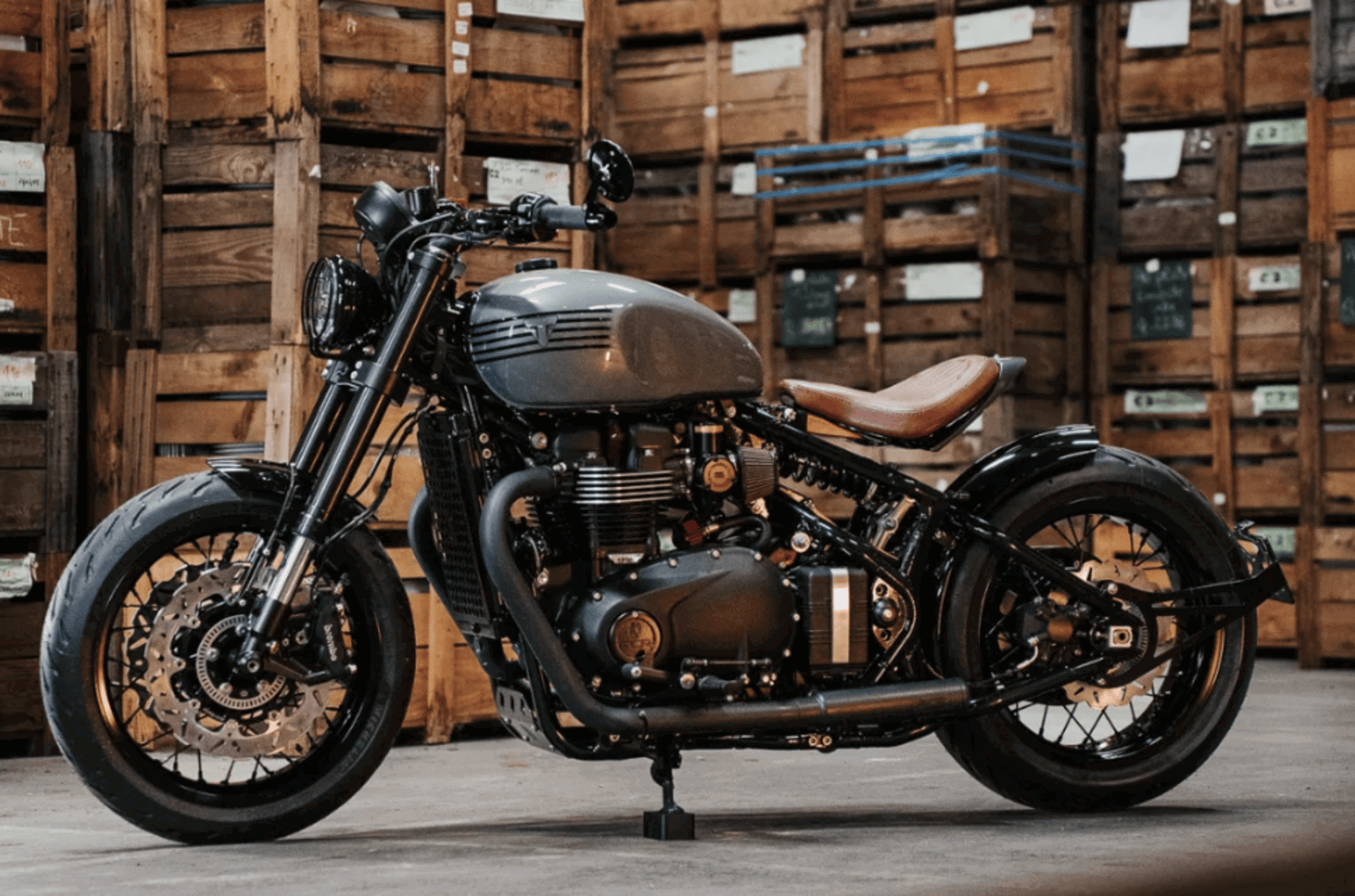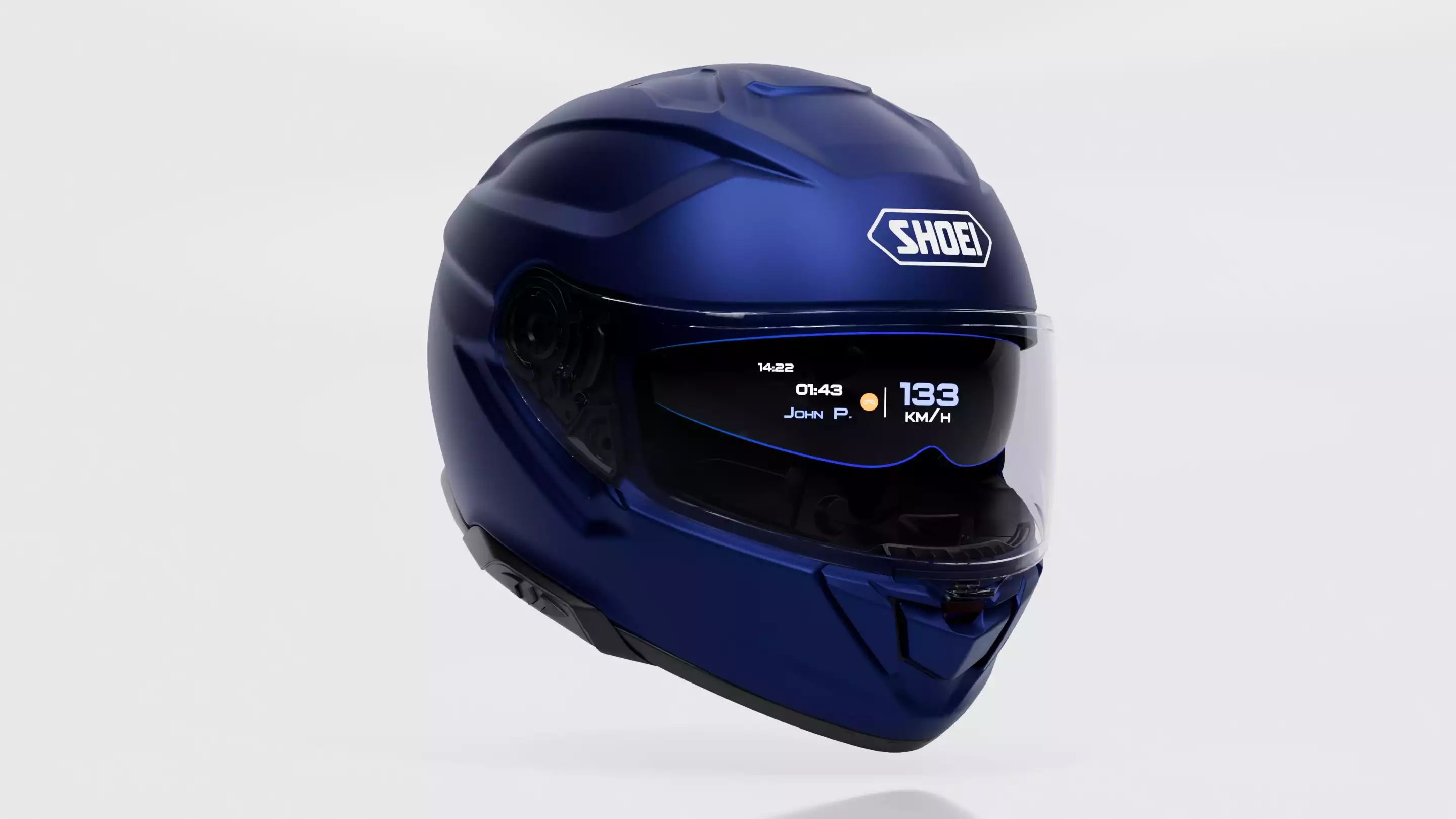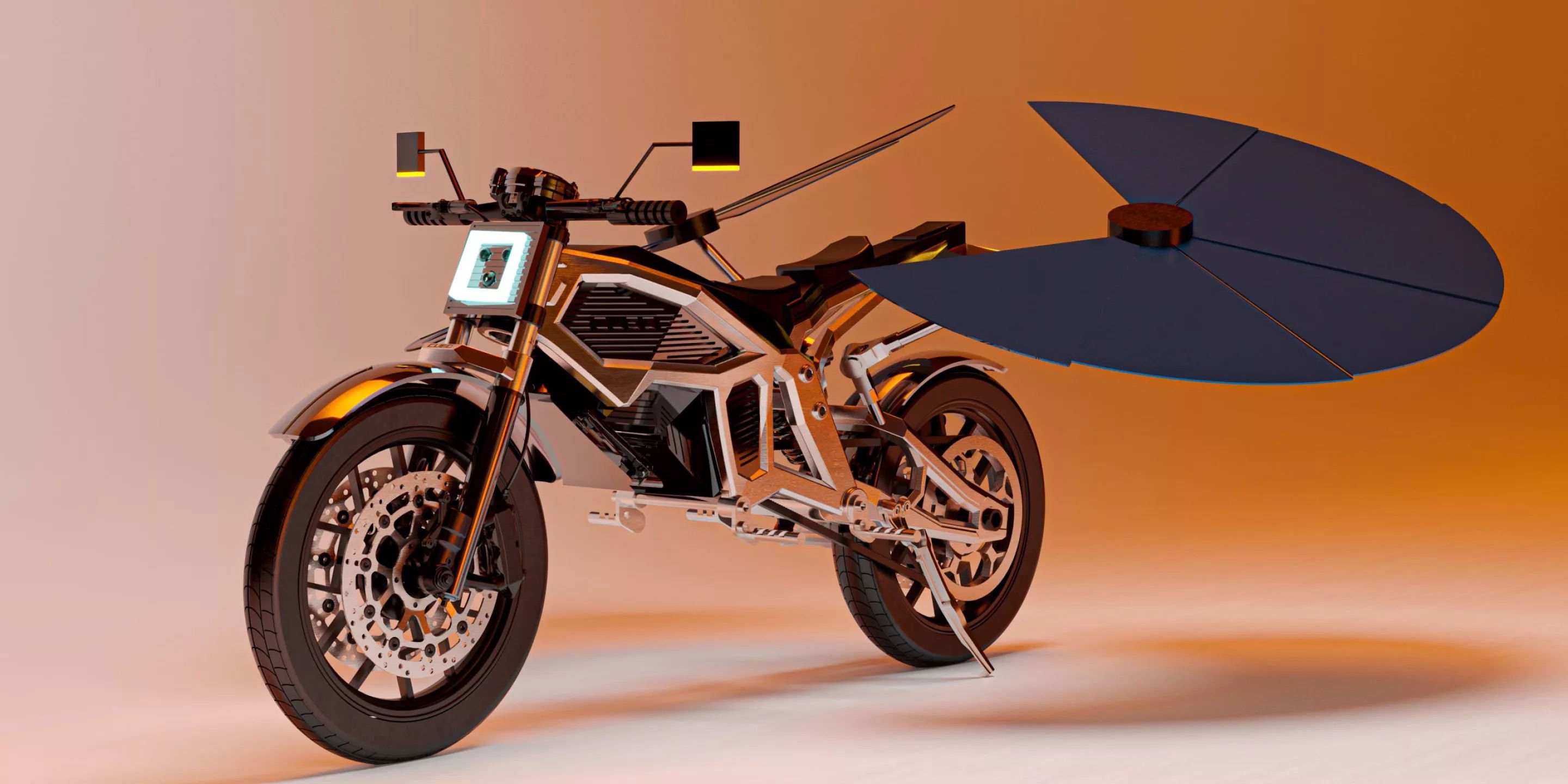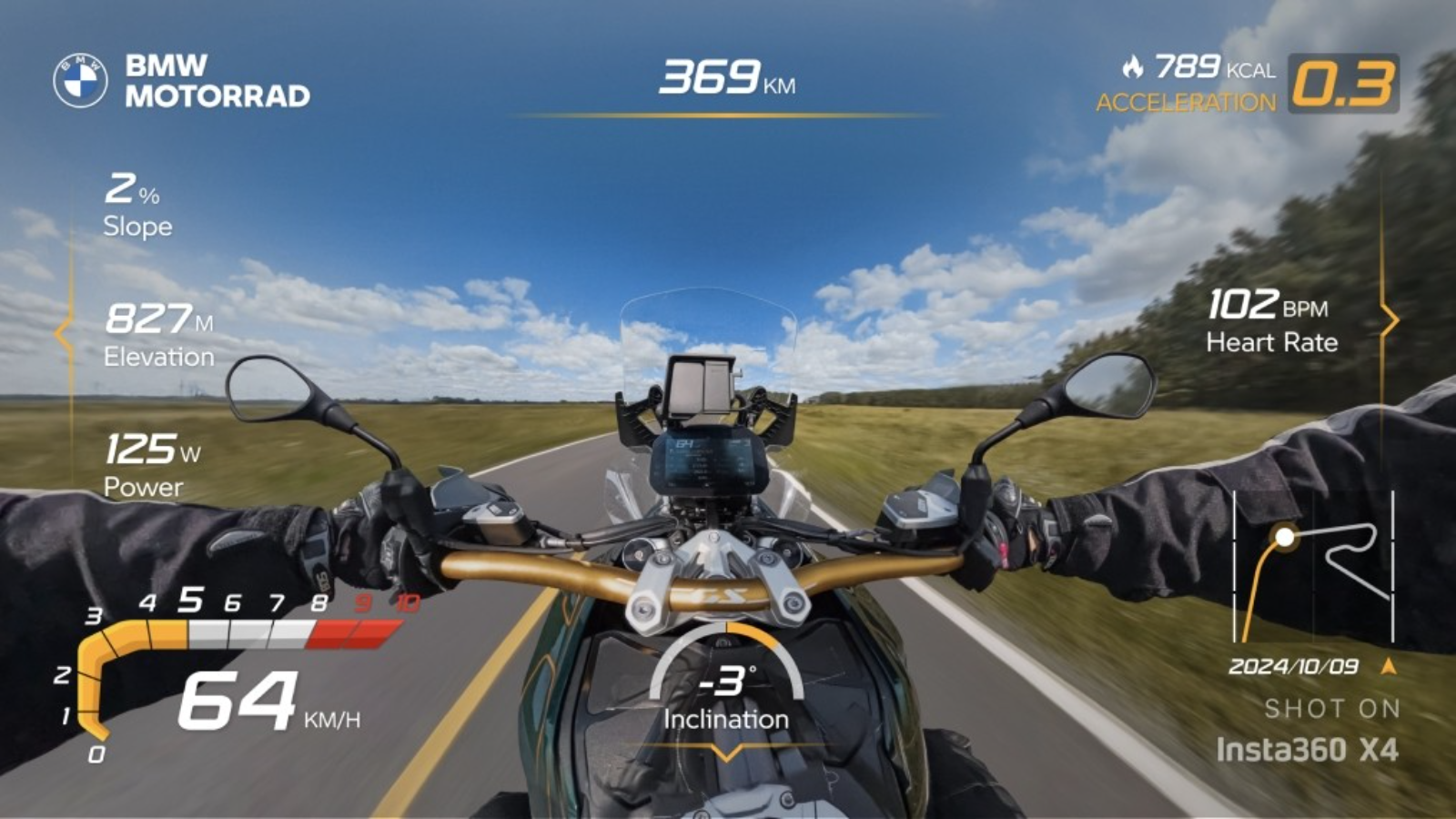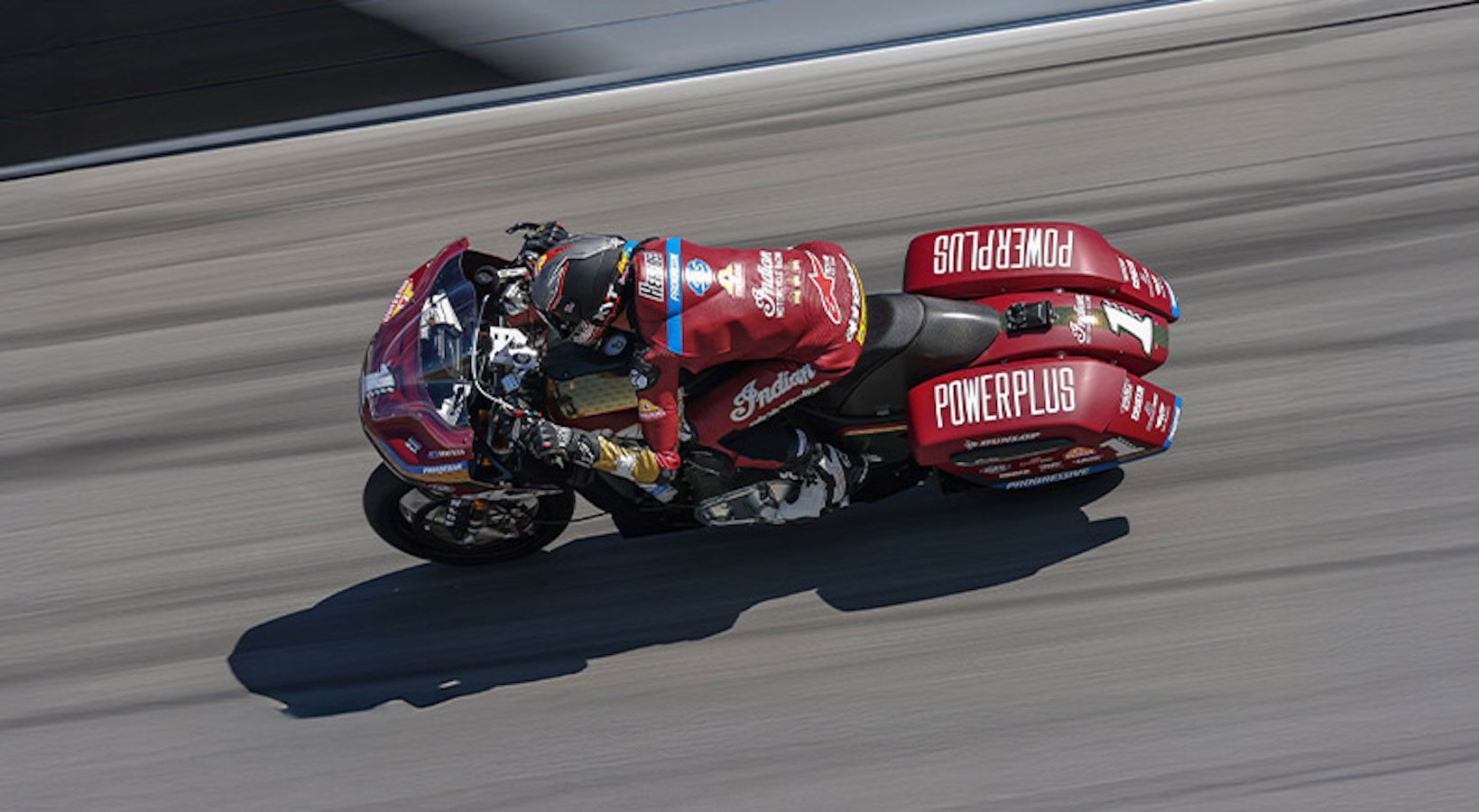Company says it can deliver 1,000-mile battery
EV haters are going to have to find a new thing to complain about if this technology turns out to be as good as its developers say.

A US company says it has developed a technology that can reduce EV battery cost, increase safety, and extend range to 1,000 miles.
The batteries are currently targeted for use in eVTOL (electric vertical take-off and landing) aircraft, but Massachusetts-based 24M says the technology can easily be adapted to electric cars and - more importantly - electric motorcycles.
Battery technology can be a confusing thing, especially when you get into the weeds of things like pack design. And very especially when the people explaining everything come from MIT.
My best friend has a PhD from MIT. I know, thanks to his LinkedIn page, that he works in “cellular and nanoparticle therapeutics,” but every time I ask him to explain what that means and what, specifically, he does, it goes completely over my head. He is such an uber-genius that he is incapable of dumbing things down enough for me to understand.
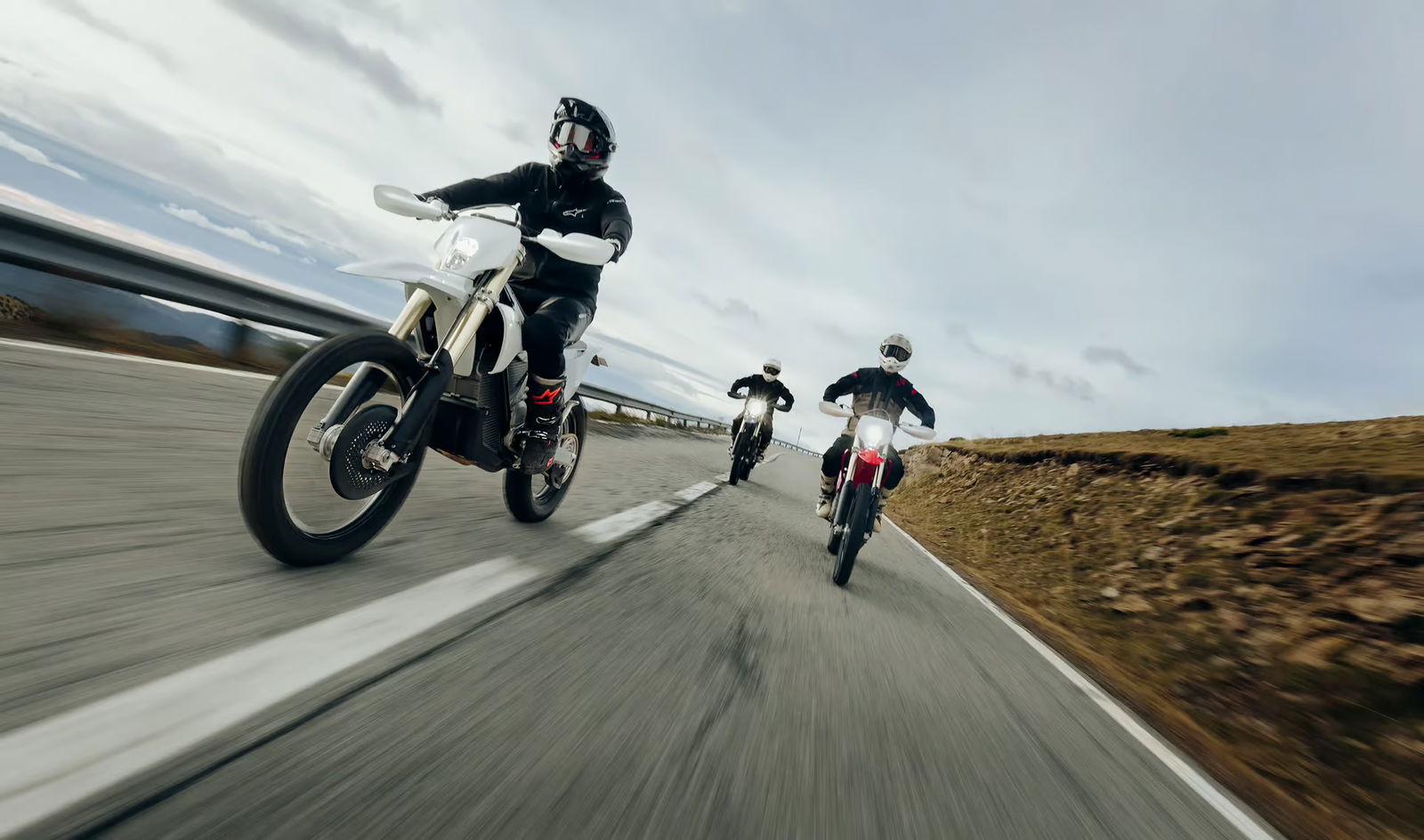
I imagine that, for him, it’s like trying to explain to a dog how a transmission works.
Anyhoo, according to 24M, the company behind the so-called E-TOP (electrode-to-pack) technology says: “The modern lithium-ion cell has become a roadblock for high voltage applications like EVs and grid storage.”
The problem, 24M asserts, is that current battery systems waste space between cells. It says that up to 70 percent of a battery can be comprised of extraneous material - cell casing, for example - that does nothing to make the battery actually work.
Eliminating that space would obviously make the battery more efficient and effective.
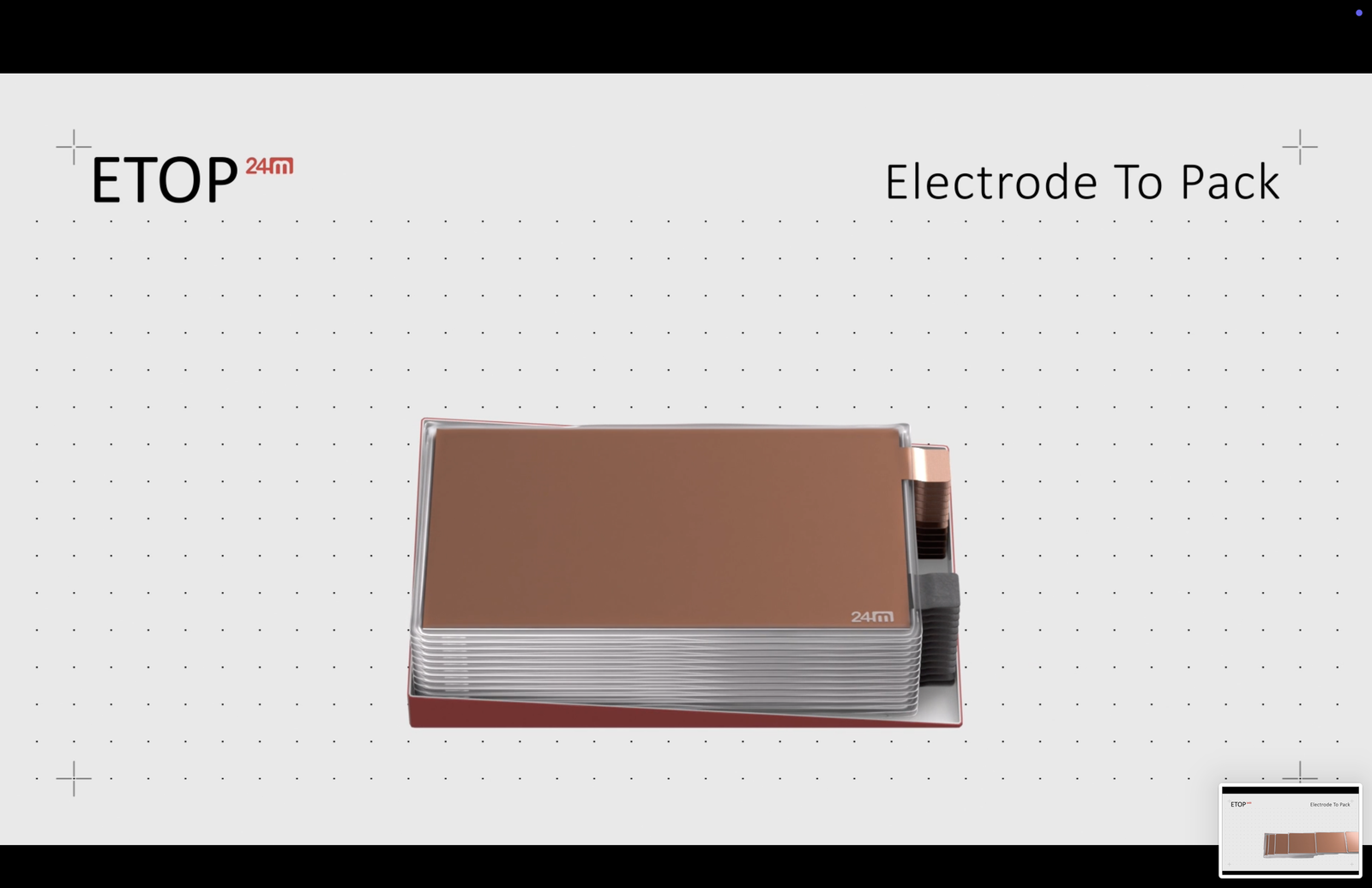
“24M’s breakthrough ETOP [technology] eliminates cells entirely in high-voltage systems,” explains a video on the 24M website. “ETOP uses… electrode pairs and separators, sealed in thin films.”
This creates a kind of energy bag (my terminology there - definitely not theirs) that looks a bit like an MRE. These bags are then packed into the battery. Doing this, 24M says, makes ETOP “the closest version of an ideal battery - just active material in a wrapper.”
“The packs can be flexibly configured and made into different sizes to maximize efficiency and performance,” it adds.
In other words, an electric motorcycle wouldn’t necessarily need to have the weird bulkiness that EV motorcycles currently suffer from.
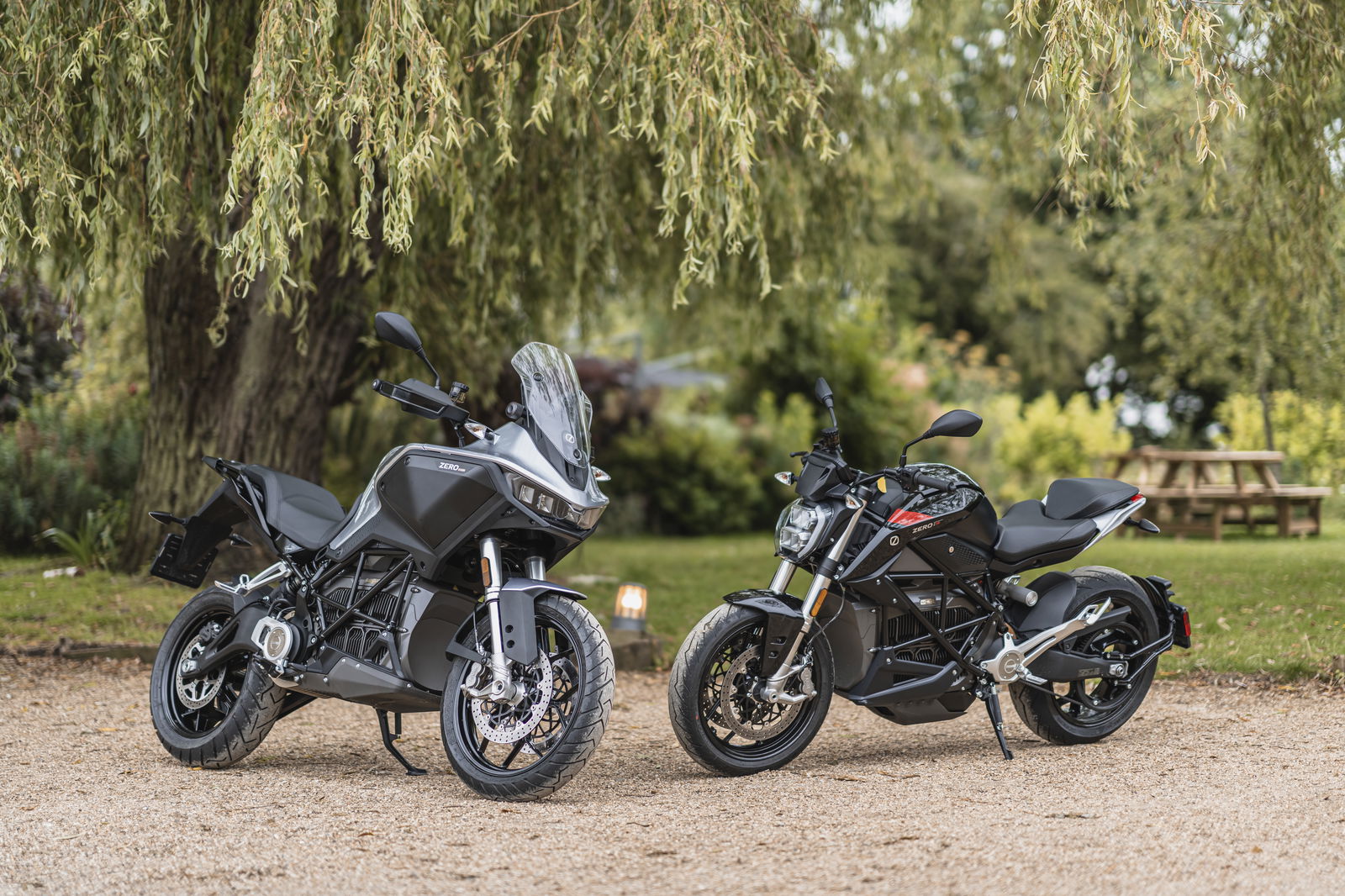
24M says its system improves efficiency by 35 percent and decreases cost by 40 percent, while simultaneously reducing the risk of fire.
“This is all possible now,” it says, indicating that this is not far-away thinking but something that could be done as soon as manufacturers show a willingness to integrate it into their processes.
Ay, there’s the rub. Retooling to restructure and replace existing formats is famously the sort of thing that manufacturers don’t enjoy spending money on.
No doubt some of the biggest guns will feel things are going just fine as they are. Consider this week’s news, for example, that the UK has become the largest market for BYD electric cars outside of China (according to the BBC, the company sold 11,271 electric and plug-in hybrid vehicles in the UK just last month). If you’re doing that well, why change?
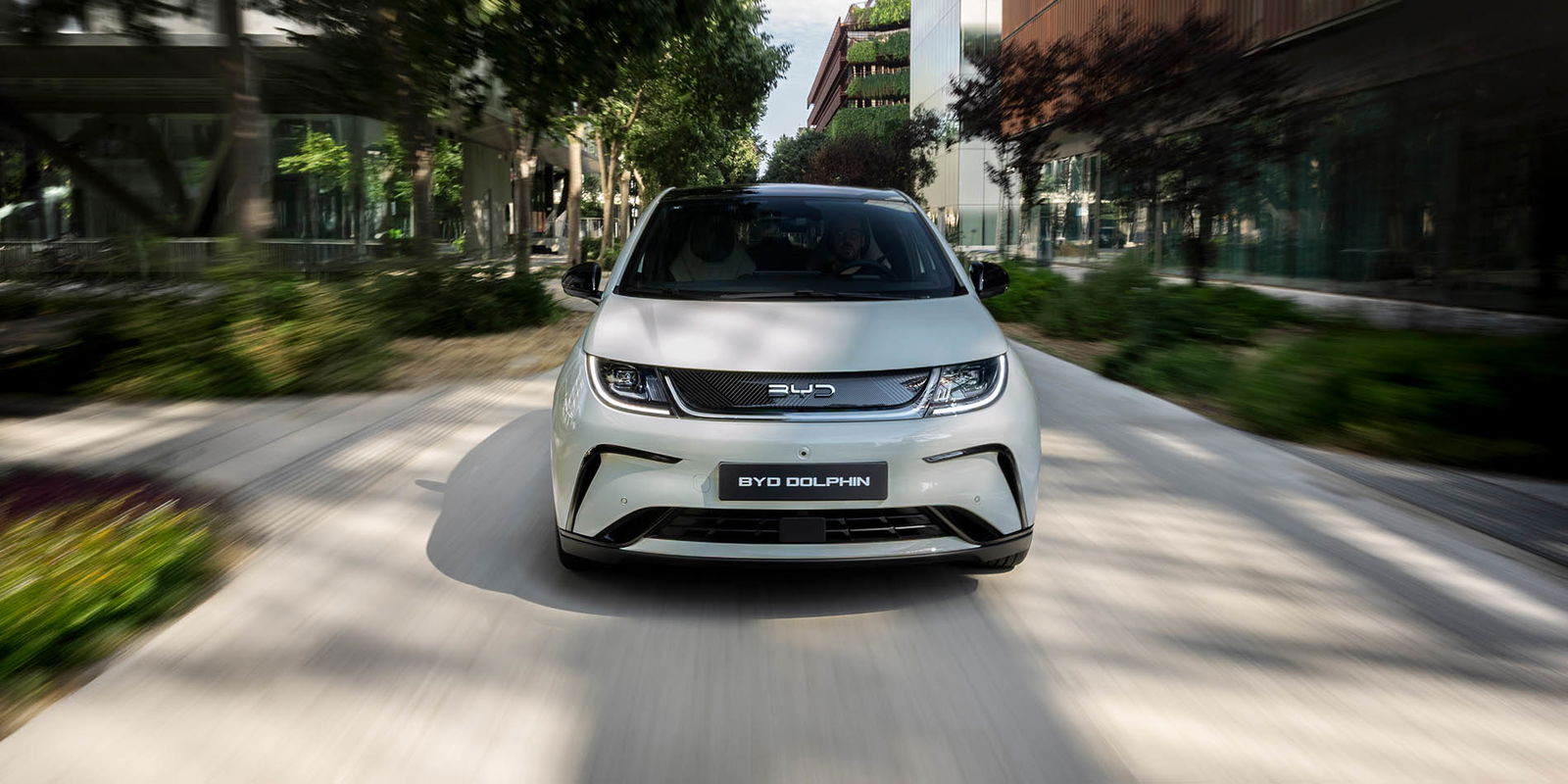
But others may be willing to take the plunge. And if they do, it could eliminate two of the three biggest complaints that motorcyclists have about electric vehicles: range and cost.
As far as sound and feel are concerned, well, Yamaha’s already working on that one.
For more motorcycle news, stick with Visordown.
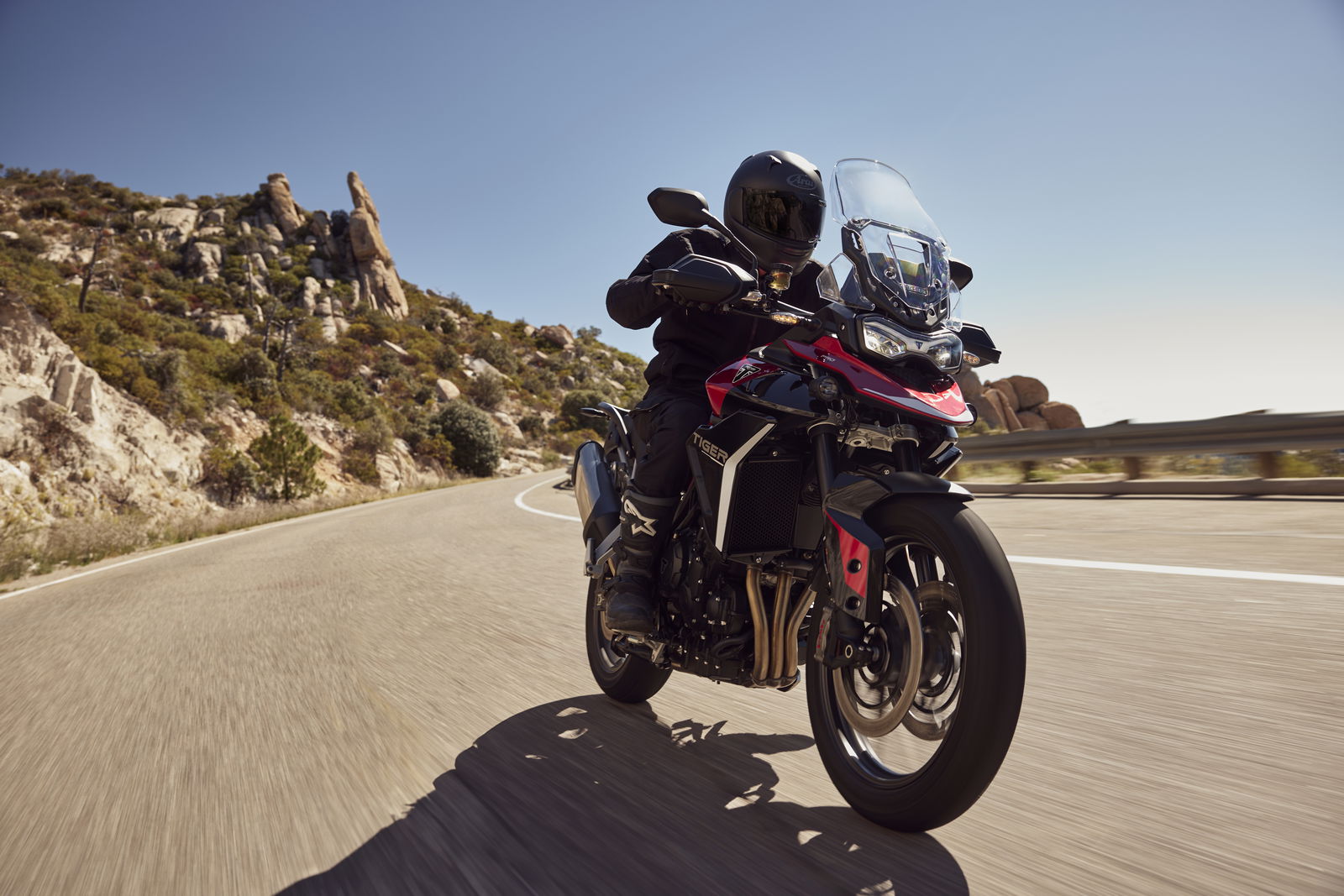
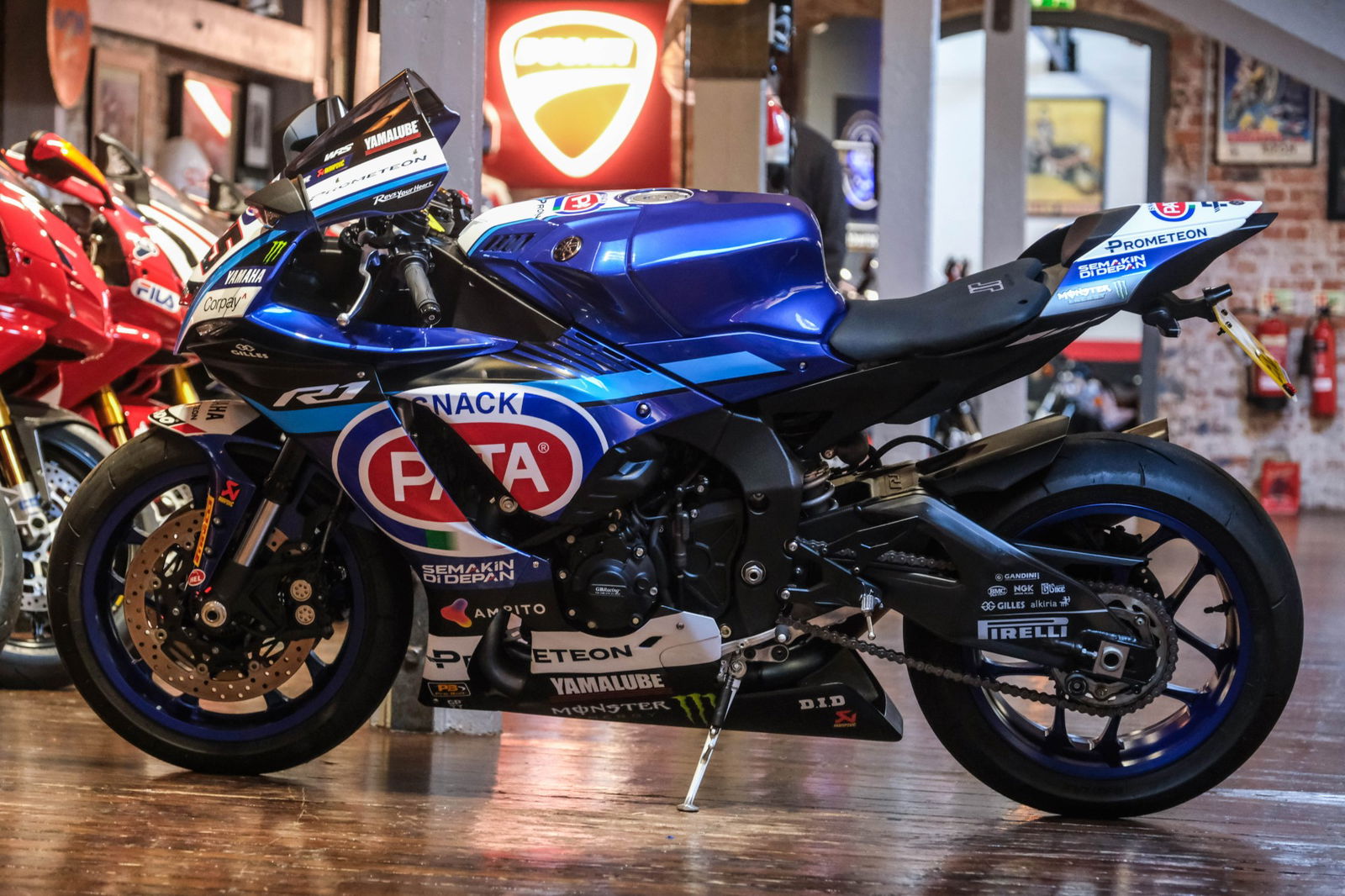

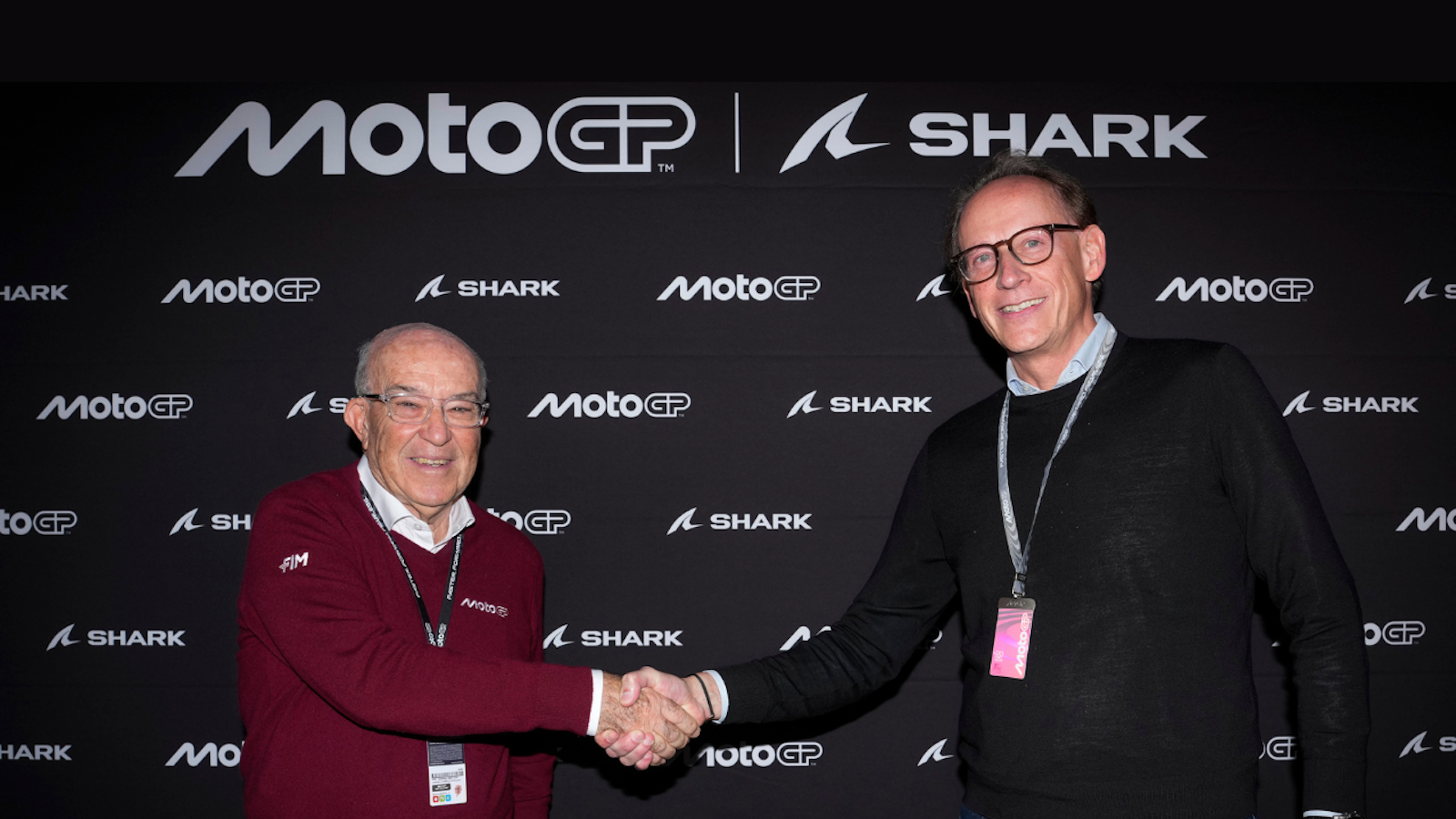
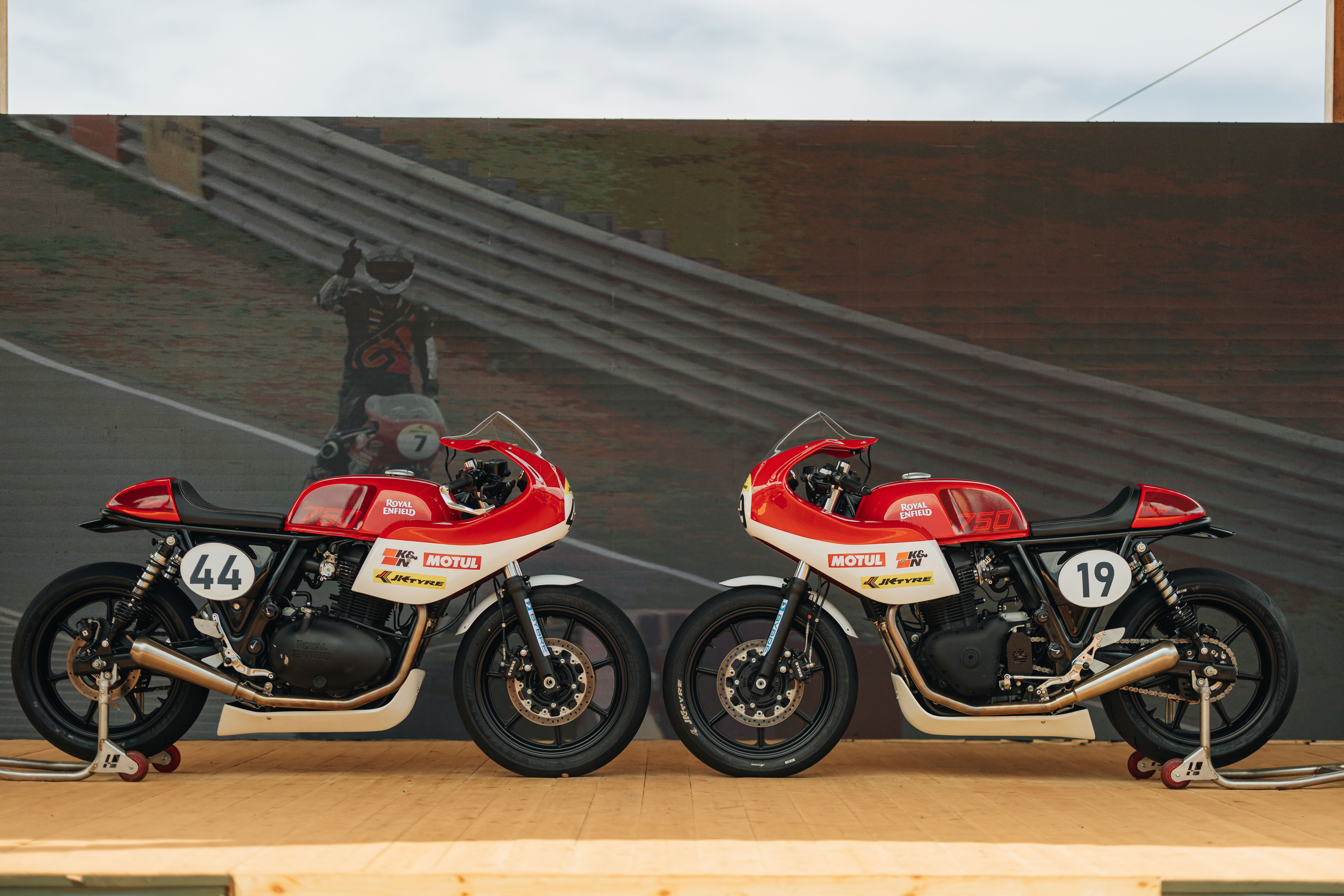
.jpg)
